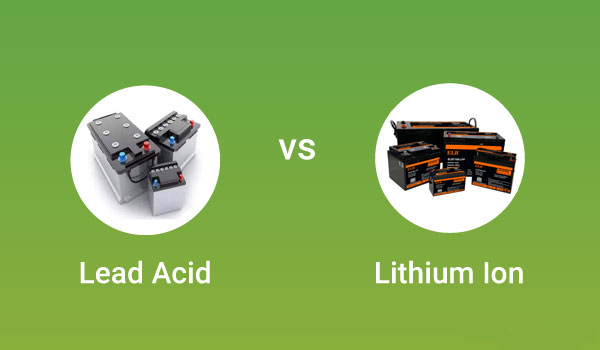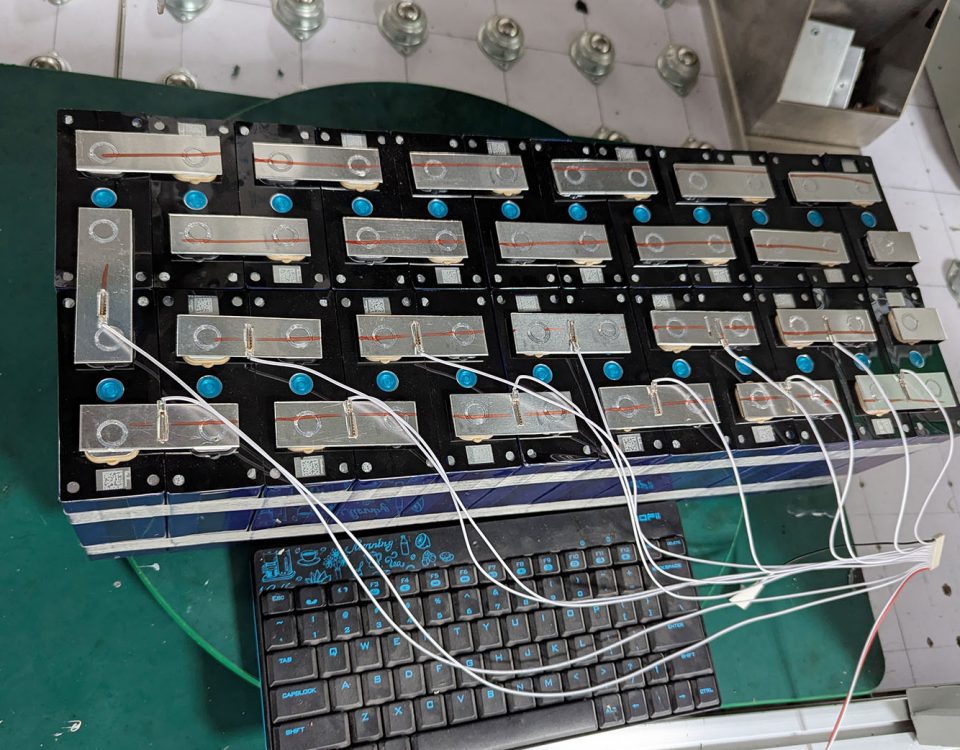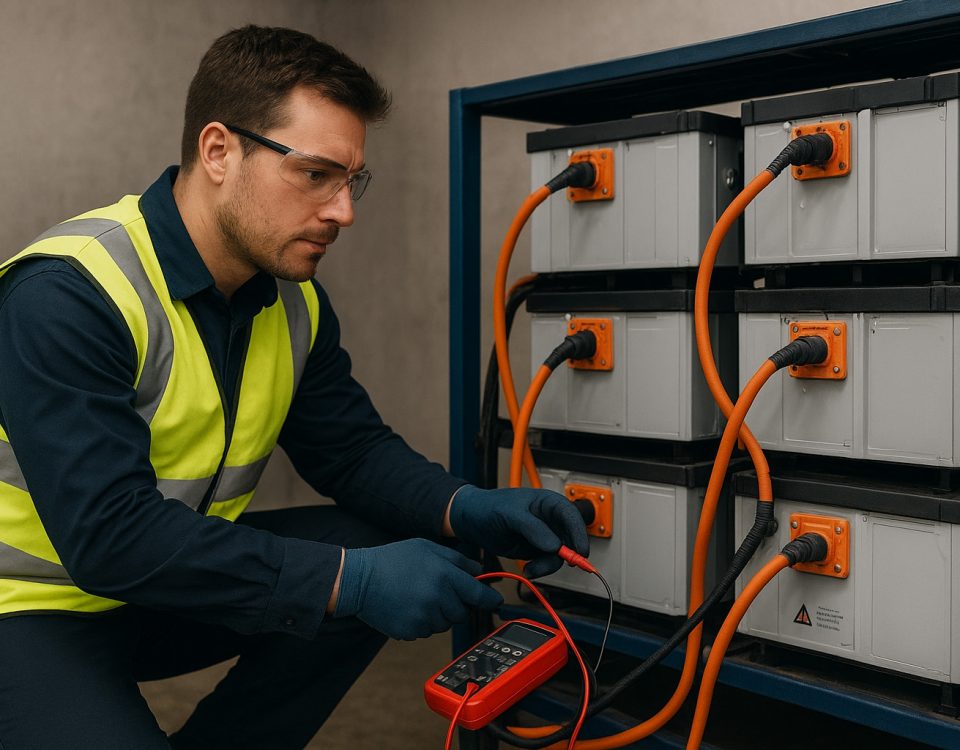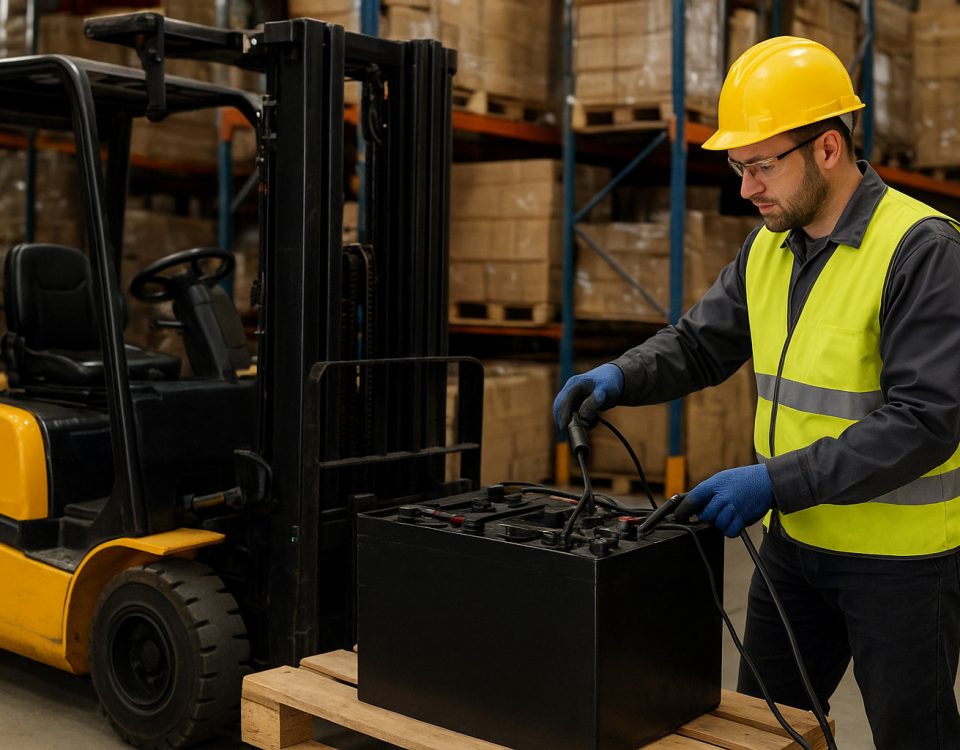Introduction
In today’s rapidly evolving energy landscape, the demand for more efficient and reliable power solutions is at an all-time high. Lithium-ion batteries, with their superior energy density and longer life cycle, have emerged as the technology of choice for numerous applications, from electric vehicles to renewable energy storage systems. However, despite the clear advantages, many industries continue to use lead-acid batteries alongside lithium batteries, often due to cost considerations, legacy systems, or a lack of immediate alternatives.
While lithium and lead-acid batteries serve the same purpose, their very different characteristics can create significant compatibility challenges when used together. This article dives into the risks of mixing lithium-ion and lead-acid batteries, offering practical insights and solutions for safely integrating both technologies into a single power system.
Understanding the Key Differences Between Lithium and Lead-Acid Batteries
Before exploring the risks of mixing these two types of batteries, it is important to understand their core differences:
-
Voltage and Chemistry:
Lithium-ion batteries typically operate at a higher nominal voltage (3.6V per cell) compared to lead-acid batteries, which work at a lower nominal voltage (2V per cell). The different voltage profiles can lead to imbalances in a system if both types of batteries are connected in parallel or series. -
Charging Requirements:
Lithium-ion batteries require a more controlled charging system to prevent overcharging or undercharging, while lead-acid batteries use simpler charging systems but are more sensitive to deep discharge cycles. Mixing the two without proper consideration of these charging differences can lead to inefficiency or damage. -
Energy Density:
Lithium batteries offer far higher energy density, meaning they store more energy in less space. This difference is significant when planning systems that rely on battery packs for space-constrained applications like electric vehicles (EVs). -
Cycle Life:
Lithium batteries have a much longer cycle life—typically 2,000 to 3,000 charge cycles—while lead-acid batteries may only last 500 to 1,000 cycles before needing replacement. This difference affects overall maintenance and operational costs over the lifespan of the system. -
Discharge Characteristics:
Lithium-ion batteries provide a flat discharge curve, meaning they maintain a relatively constant voltage until near the end of the discharge cycle. In contrast, lead-acid batteries experience a gradual voltage drop as they discharge, which can lead to inconsistent performance if both types are used together.
Risks of Mixing Lithium and Lead-Acid Batteries
Mixing these two different technologies can cause several issues that impact performance, safety, and longevity of the overall power system.
1. Charging System Incompatibility
Charging systems designed for lead-acid batteries may not be suitable for lithium-ion batteries due to their differing charging voltage and current requirements. If a lithium-ion battery is charged with a lead-acid charger, it may not fully charge, or worse, it could be damaged due to overcharging. Conversely, a lithium charger cannot fully charge a lead-acid battery because it operates at different voltage levels.
2. Uneven Battery Load Distribution
When used in parallel, batteries with different charge profiles and capacities (e.g., lithium vs. lead-acid) may not discharge at the same rate. This can lead to overdischarging one type of battery while leaving the other underutilized. This imbalance can cause excessive wear on both battery types, resulting in decreased capacity and shorter overall lifespan.
3. Risk of Reduced Performance
Because of the inherent differences in their energy densities and voltage profiles, mixing lithium and lead-acid batteries can lead to poor system performance. The lithium battery might remain at a higher state of charge, while the lead-acid battery could be stressed due to excessive discharge. This uneven performance can cause operational inefficiencies and potential failure in high-demand applications.
4. Safety Concerns
Lithium-ion batteries, while highly efficient, are more sensitive to improper charging and discharging conditions. Mixing these with lead-acid batteries without proper monitoring systems in place can increase the risk of overheating, venting, or even fire, particularly when the batteries are forced to work outside their optimal parameters.
Solutions to Safely Mix Lithium and Lead-Acid Batteries
Despite the risks, there are several strategies and best practices to safely integrate both battery types within the same system. These solutions focus on maintaining balance, ensuring proper charging, and extending the lifespan of both battery types.
1. Use a Battery Management System (BMS)
A key solution for addressing compatibility issues between lithium and lead-acid batteries is the use of a robust Battery Management System (BMS). A BMS can monitor the voltage, temperature, and charge levels of individual batteries, ensuring that each type operates within its safe range. Some BMS systems are specifically designed to manage hybrid systems and can help balance the energy output and ensure that the batteries discharge and charge in sync.
2. Ensure Proper Isolation
If lithium and lead-acid batteries are part of the same system, they should be electrically isolated from one another. This can be done using a diode isolation system or an intelligent charge controller that ensures the batteries charge independently and prevents any backflow of current from one battery type to the other. This way, the different voltage profiles of lithium and lead-acid batteries will not interfere with each other.
3. Upgrade to a Hybrid Inverter
In applications like renewable energy storage, using a hybrid inverter that supports both lithium and lead-acid batteries is an effective solution. Hybrid inverters are designed to manage multiple energy sources and battery chemistries simultaneously, ensuring that each battery type is charged and discharged appropriately according to its specifications.
4. Optimize Battery Matching
When designing a system that incorporates both lithium and lead-acid batteries, it's essential to match the batteries as closely as possible in terms of capacity and state of charge. One way to achieve this is by using battery packs of similar sizes and ensuring that both lithium and lead-acid batteries are at a similar charge level when integrated into the system. This can help reduce the stress placed on individual batteries and promote a longer lifespan.
5. Regular Maintenance and Monitoring
To prevent issues arising from mixing lithium and lead-acid batteries, regular maintenance and monitoring are essential. This involves checking the charge levels, ensuring that no battery is overcharged or undercharged, and looking for signs of wear such as excessive heat or swelling. Maintenance should also include periodic testing of the BMS and the inverter to ensure optimal functioning of the hybrid system.
RICHYE: A Trusted Provider of High-Quality Lithium Batteries
At RICHYE, we specialize in manufacturing premium lithium-ion batteries that excel in quality, performance, safety, and price. Our batteries are designed to offer exceptional longevity and reliability in both individual and hybrid systems. Whether you're upgrading your energy storage, electric vehicle, or industrial applications, RICHYE’s solutions are tailored to meet your needs with cutting-edge technology and rigorous quality control. Trust RICHYE for your next lithium battery project and experience the performance benefits of our world-class products.
Conclusion
Mixing lithium and lead-acid batteries in a power system presents inherent risks, including compatibility issues with charging systems, performance imbalances, and safety concerns. However, with proper planning and the use of advanced management systems, these risks can be mitigated effectively. By employing solutions such as using a BMS, upgrading to hybrid inverters, and ensuring proper battery isolation, it is possible to integrate both battery technologies safely and efficiently.
As the world shifts toward more advanced energy solutions, understanding how to optimize the use of different battery chemistries will be crucial for maximizing performance, safety, and longevity. With the right precautions, both lithium and lead-acid batteries can coexist within the same system, driving efficiency and meeting power needs across a wide range of applications.




